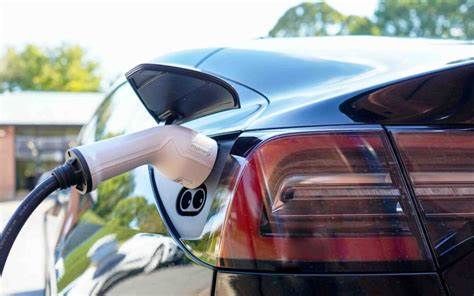portable EV chargers
Public EV charging infrastructure can be spotty. That’s especially true if you live in a rural area and don’t have a Tesla to access the Supercharger network. Most electric car owners will install a Level 2 charger in their home, letting them fully recharge the vehicle overnight.
But a Level 2 wall charger won’t suit everyone’s needs. It can’t come with you when you’re traveling to a campsite, visiting relatives for the holidays or moving out of your rental. Portable chargers tend to lack some of the features of high-end Level 2 wall chargers like Wifi compatibility and programmable charging. But they are also much more affordable and (if you have the outlet already) require no additional installation.
Amperage determines how quickly a Level 2 charger can power up the vehicle. A 40-amp charger will charge the vehicle more quickly than a 16-amp charger. Some chargers will offer adjustable amperage. Cheaper 16-amp chargers will still charge the vehicle around three times faster than a Level 1 outlet, but that may not be enough to charge the vehicle fully overnight.
The cable needs to be long enough to connect the vehicle with the intended outlet from where it’s parked (you cannot use extension cords to charge an EV). The longer the cable the more flexibility you have on where to park. Though a longer cable may be bulkier when transporting it.
Most portable EV chargers are designed to work with the J1772 outlet used by most manufacturers. Tesla owners need to use an adapter. Also, note that there’s no universal standard for Level 2 compatible outlets. The NEMA 14-30 plug used for driers differs from the NEMA 14-50 plug used for ovens at campsites. Some portable EV chargers will have adapters for different NEMA plugs or to connect to a standard household outlet.
Type 2 Portable EV Charger With CEE Plug
Post time: Nov-29-2023









